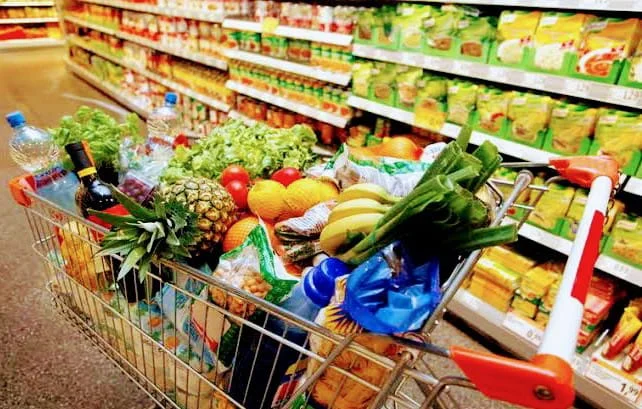Supermarket Secrets: The Strategic Placement of Everyday Essentials
Summary:
Have you ever wondered why essential items like eggs and milk are strategically placed at the back of supermarkets? It’s not a coincidence but a calculated strategy to make shoppers traverse the entire store, boosting impulse purchases. Research shows that 78% of shoppers grab milk or eggs, and 48.2% opt for bread, strategically scattered to increase product discovery. This deliberate design contributes to a whopping 62% of supermarket sales attributed to impulse buys, providing a valuable lesson in positioning products for increased sales in 2024.
Have you ever found yourself pondering the peculiar arrangement of eggs and milk tucked away at the far end of supermarkets? Well, it turns out this is no random occurrence but a carefully calculated move. Despite its apparent inconvenience, this intentional layout is designed with a specific purpose – to ensure that you navigate the entire store, ultimately leading to an increase in impulse purchases.
Consider the statistics: a substantial 78% of shoppers include milk or eggs in their carts, and 48.2% opt for bread. What makes this even more interesting is that these items are deliberately not placed together. The strategy here is to make you meander through the store, encountering other enticing products along the way. From meat to eggs to bread to milk, the layout is intentionally randomized.
If these essential items were conveniently grouped together, customers might efficiently grab what they need and head straight to checkout. However, the deliberate design compels you to explore, leading to the discovery of additional items like chips, cookies, and more. Astonishingly, a significant 62% of supermarket sales can be attributed to these impromptu purchases, as indicated by Science Direct.
So, what’s the takeaway? Supermarkets strategically guide you through the entire space to capitalize on impulse buying. Now, consider applying this insight to your business. Reflect on your main product or service and think about what complementary offerings could appeal to your customers. Strategically position these items to increase the likelihood of upsells. As we approach 2024, adopting such strategic thinking could pave the way for increased success and profitability.

















